4 min read
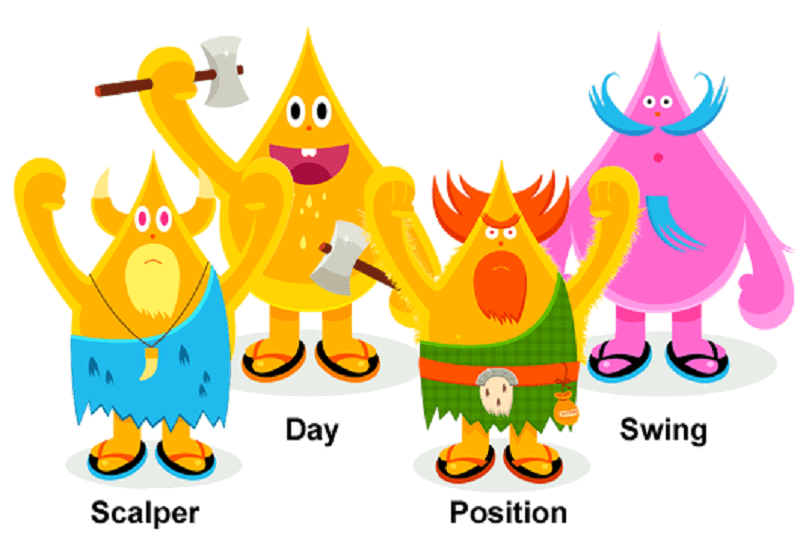
the image is taken from www.babypips.com/
Trading in the Forex market recognizes and classifies different trading styles.
What typically separates the Forex trading styles is the length of time you intend to be in a trade, the timing of your entry. Also, in some cases, the frequency of the trades. When you trade it is very important to recognize different Forex trading styles.
Precisely because of the fact that there is a wide field of choice of tactics and strategies for trading and analysis of the currency market.
Long-term development and improvement of basic and complex trading methods, certainly, resulted in the creation of many highly productive trading strategies. That further created styles and trader tactics.
However, any attempt to find a unique trading style or a universal technical indicator for establishing a winning form is a completely wrong approach to the trading methodology itself.
Building own Forex trading styles
Building your own style of an individual finds its structural elements in the fundamental study of economic and technical factors. As well as the skills of recognizing patterns, by understanding the methodology of each of the styles that are widely known and recognized in the Forex market.
Talking about the success of trading on the Forex market, for the special reason, this time we use the opportunity to point out the important fact of each of the styles. It’s basic setting, actually aims to define the way in which to better manage the investment in the Forex market.
Every evident difference between the styles, which we, at first sight, perceive, is essentially a model for the tactic and trading method that is fundamentally used, which better adapts to the personal type of trader.
In concrete terms, fundamental and technical analysis, with many of their indicators, multiple affect psychologically different types of personality.
The essence of the psychological analysis of the currency market, shapes and naturally establishes certain types of behavior and Forex trading styles. Together with the mutual agreement with other analytical factors.
Therefore it is quite clear that before adopting any of the Forex trading styles, very detailed knowledge of all of its methods is important.
As well as ways to apply the principles in practice. It is very important.
Given that the market is “live” and especially mobile in periods of high volatility, the demand for the creative and research mentality of the trader is especially evident.
Good knowledge of the methodology of the adopted Forex trading style allows to trade “by cliché”, in terms of using technical tools and applying familiar tactics. But there is certainly a situation in which our personality dominates. It is where to choose the decision to enter/exit the position!
All individuality and arbitrariness of the moment of entry/exit from the position are just one of the factors of the complexity of the style of trading choices.
Also, the selection of one or more indicators, when making the analysis and the process of tracking changes in the market. And the specific way of perceiving their application begins to define the trader to leave creativity out of the framework of strict templates.
In this sense, any upgrade of the tactics brings new results and favorable trades, and thus forms a trader’s style.
One note, each tactic has its advantages and disadvantages. Before we adopt some of the styles, we need to know that there are many paths to success. So it is important for each of the styles to see the basic settings that have proven successful over many years of usage. In the case of the “News” style of the trader, we will use all of his positive aspects to show the most frequently used tactics, along with the graphic illustration.
Trading with this Forex style as a basic advantage has the fact that it is known, in advance, that the market will start at a previously given time.
„News“ trader as one of Forex trading styles
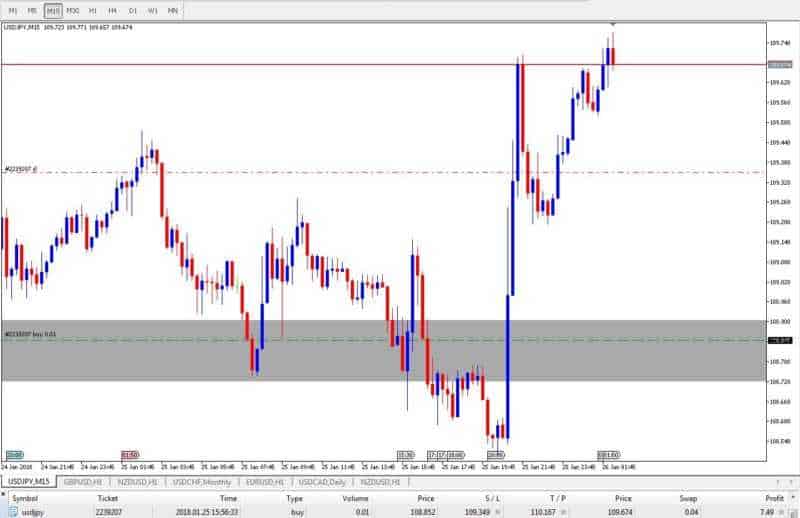 news Forex trading style
news Forex trading style
The graph shows an example of “news” trading. That means trading in the publication of economic news. The most characteristic of this style is that the strategy offers trading performance in a short time interval.
This is the most affordable style is exactly for those traders who do not have time to do this job for a full-time job.
Following the chart, we notice the first phase, where the bounce form appears, due to uncertainty about the outcome before the news release itself. In the second phase, there is a breakthrough in the level of resistance/support, which leads to a sharp price movement and opportunity for profit. After the initial impulse, just when he reaches the maximum of his movement, there is an attempt to return the price back.
These stages are part of every market reaction in the publication of economic news, and trading strategies at these stages are known as trading on “breakthrough”, “riding” by bull or bear, playing on both sides at the same time – “hedge”.
Hedge tactic as one of Forex trading styles
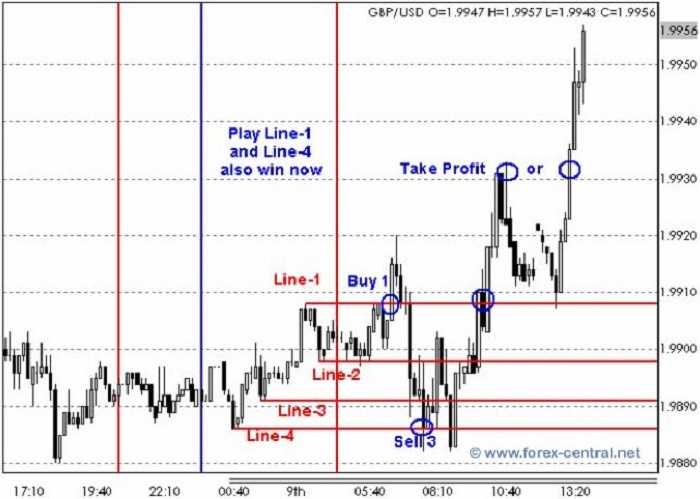 hedge Forex style
hedge Forex style
Before announcing the news, entry into the position is done in both directions, sell and buy, at the same time.
Once the news is published, the trader leaves the “losing” position, while retaining a profit-making position.
Primarily, this strategy offers avoiding the risk of making a failure in the decision to predict the price trend.
You would like to read this too
Another advantage is that there is no limited choice of the currency pair because all currencies are subject to news releases. The aggravating circumstance of this tactic is reflected in the skill and ability of the trader to quickly make a decision to retain the “winning” position. The past performance does not guarantee future results, you have to remember this.
Depending on the planned trade, it can be considered a good result of a loss of up to 20 pips. But the trend in the opposite/positive direction is not bad, that is, a favorable trade achieves more than the lost 20 pips.
You have to decide is hedging for you.
It’s like driving a Ferrari! It is not for everyone.
If you are considering using Forex hedging strategy then you need to understand what you are getting into.
Regardless of what you have read before, there is no such thing as a surefire way to profit with hedging.
Every benefit of a Forex trading style has a corresponding drawback.
You would like to read this too
When done correctly, you will have consistent returns and it is the biggest benefit of hedging.
Low returns per month are the biggest downside of hedging. So you will need a fairly big account or trade for investors if you want to trade it full-time.
So, once again. What is hedging?
Hedging is when you hold a long and short position in the same currency pair, at the same time. It is also one of the Forex trading styles.
This may not make sense at first. You will not make any money if you do this.
But hedging is a great way to limit your risk, while the market figures out which direction to go. When the market shows its true face and starts trending you can start to profit from your winning trades. The most important, you will minimize the losses from your losing trades. Also, you can use the partial hedging to reduce your loss if you are wrong about a directional trade.
Nobody knows, with 100% precision, what the market will do next. Therefore, holding long and short positions at the same time can allow you to profit from price movements in both directions.
Trading on the breakthrough is one of Forex trading styles
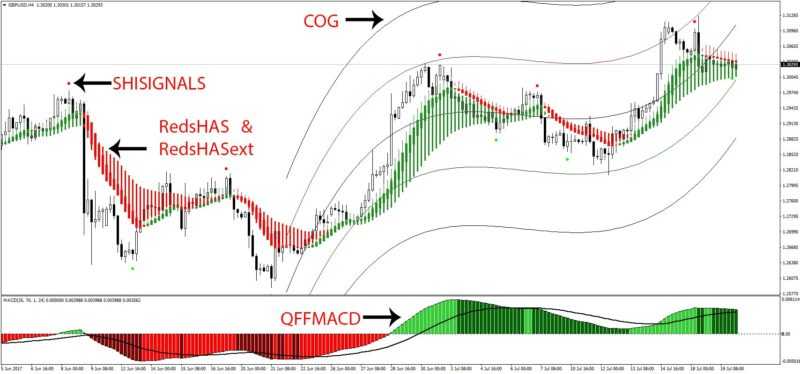 breakthrough trading style
breakthrough trading style
This Forex trading style is a tactic that follows the price trend on the news release and the return after the news. It is an entering the position, after the announcement of the news, and in the direction of the line break, in order to keep the position until the end of the movement.
The return after the news is part of the strategy, which after reaching the end of the first movement, with the help of Fibonacci retracement, performs the trade in the direction after a return.
A breakout can be an extremely profitable trading opportunity.
This strategy is used by adventurous traders. They study to identify patterns in resistance levels. Hence, they will often try to buy security when it breaks above a level of resistance or below a level of support.
A breakout is a situation in which the price of an asset breaks through a level of resistance. And at the same time, increasing to an unprecedented price. When the resistance level breaks through, that new peak price becomes the next level of support when the asset experiences a pullback in price.
Riding on a bull or a bear as one of Forex trading styles
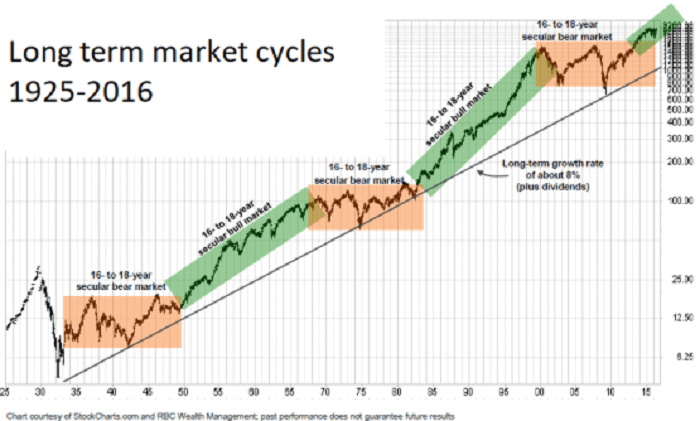 Riding on a bull or a bear
Riding on a bull or a bear
This is one of Forex trading styles (the expectation of the results – bull / buy or bear/sell) is treated as one of the most aggressive. So it is mandatory to set up a stop-loss (SL) order. Also, it is advisable to limit the profits of the take-profit orders (TP).
That’s because of complexity prediction of the main trend and level of its movement.
You would like to read this too
The great help, of course, is good information and governance by fundamental analysis. It is crucial to determine the trend of price trends before announcing the news.
How to profit in Bear markets
A bear market is defined as a drop of 20% or more in a market average. Generally, bear markets occur during economic recessions or depressions, when pessimism prevails. But amid the rubble lie opportunities to make money for those who know how to use the right tools.
And to choose the best Forex trading styles.
So, how to profit in bear markets:
Put Options.
A put option is the right to sell a stock at a strike price until a certain date in the future. It is the expiration date. The price you pay for the option is a premium.
The value of the put option rises when the underlying stock falls.
When the stock falls below the put’s strike price, you can exercise the right to sell the stock at the higher strike price. Also, you can sell the put option for a profit.
Short positions.
Taking a short position, or short selling is the situation when you borrow shares. You are selling them because you expect that the stock will fall in the future. You buy shares at a lower price to cover the short position and make a profit on the difference.
For example, you want to short some stock at $40 per share. The stock falls to $15, and you can buy the shares back at $15 to close out the short position. Your overall profit, therefore, is $25 per share.
Short ETFs.
A short exchange-traded fund (ETF), gives returns that are the inverse of a particular index. For example, an ETF that is inverse to the Nasdaq 100 will drop about 30% if that index rises by 30%. But if the index falls 30%, the ETF will rise proportionally. This inverse relationship is appropriate for investors who want to profit from a downturn in the markets. Also for investors who wish to hedge long positions against such a downturn.
How to profit in Bull markets
Bull markets are periods of economic growth and financial optimism. How may you profit in such periods:
Call options.
A call option is the right to buy a stock at the strike price until the expiration date. Calls go up in value as the underlying stock’s price rises. Say, the stock price rises past the option’s strike price. Then the option buyer can buy the stock at the lower strike price and sell it for a higher price. They are generating a profit in that way.
Long Positions.
A long position is the purchase of a stock or any other security. With the expectation that its price will rise. The goal is to buy the stock at a low price and sell it for more than you paid. The difference is your profit.
Long ETFs.
Most ETFs follow a particular market average, and trade like stocks. The transaction costs and operating expenses are low, and they require no investment minimum. ETFs, seek to replicate the movement of the indexes they follow, fewer expenses.
The bottom line
Point is to choose the best among different Forex trading styles. The one that best suits you and your goals.
There are many ways to profit in both bear and bull markets. The key to success is using the tools for each market to their full advantage. Short selling, put options, and short or inverse It is important to use indicators to spot when bull and bear markets are beginning or ending.
Every trader should understand these terms since they’re used frequently in financial news, trading articles and in the papers. Long, short, bullish and bearish are terms used in all markets and on all time frames, regardless of whether you’re day trading or investing, or trading soybeans or currencies.
Risk Disclosure (read carefully!)
 Building a diversified stock portfolio is just the beginning but an important part of investing. Here is how to do that.
Building a diversified stock portfolio is just the beginning but an important part of investing. Here is how to do that.
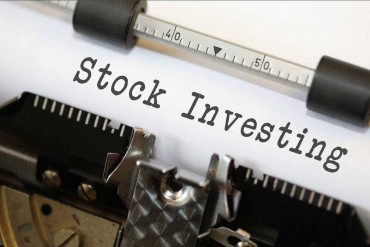

 The structure of the investment portfolio depends on many factors but risk appetite is maybe the most influential one.
The structure of the investment portfolio depends on many factors but risk appetite is maybe the most influential one.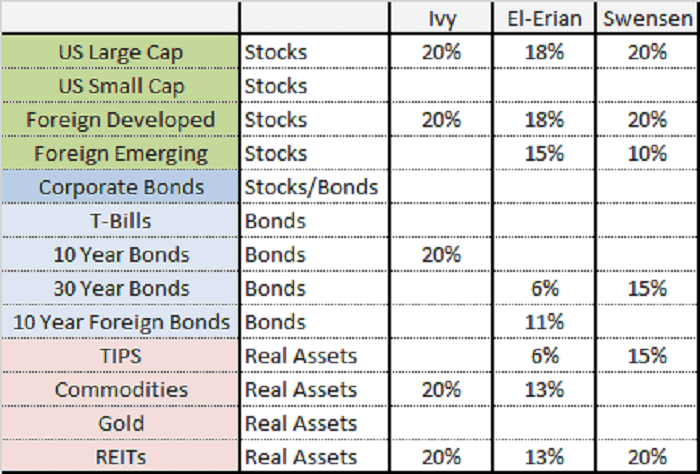





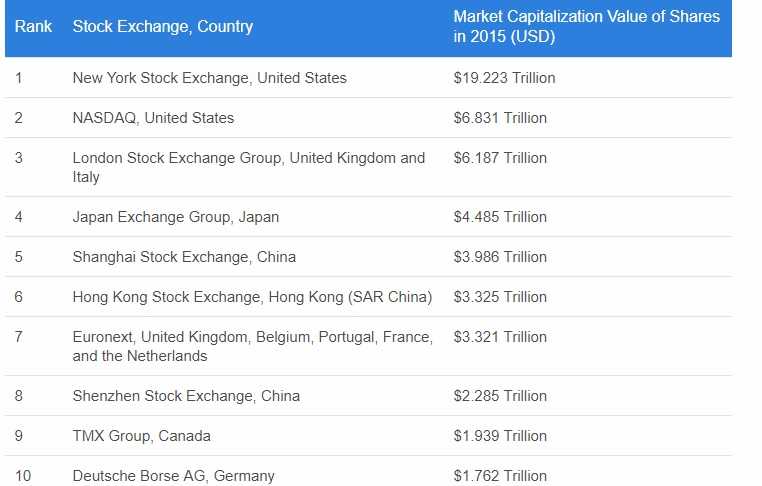




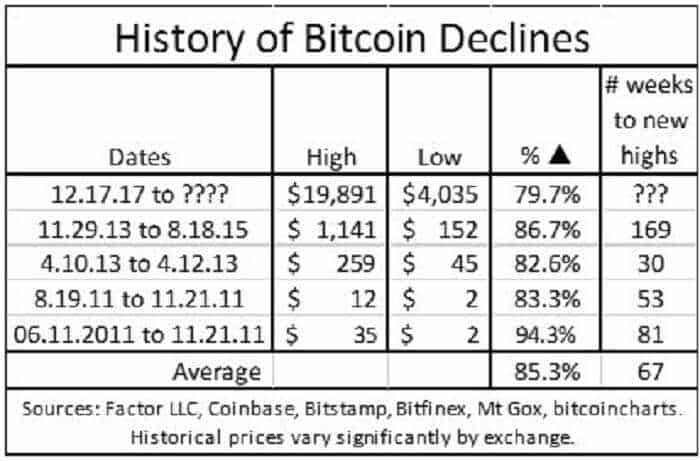



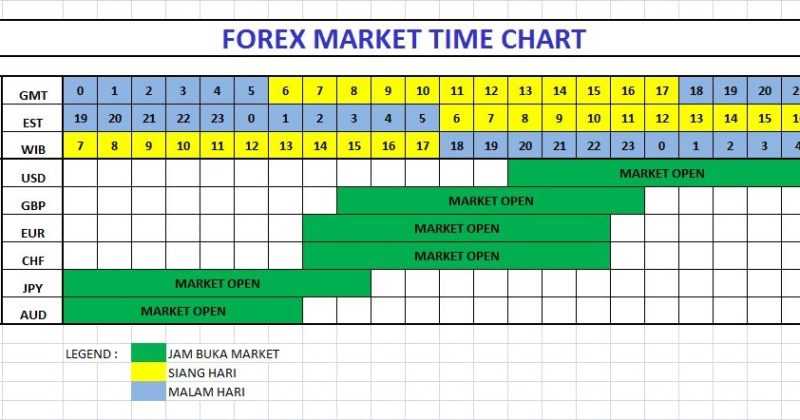
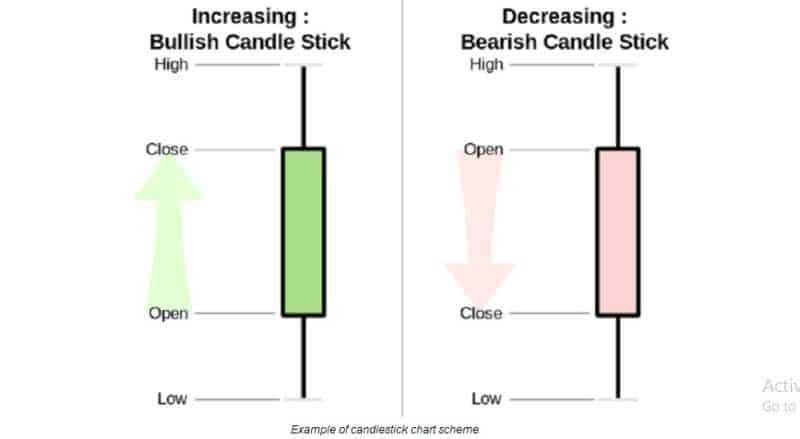
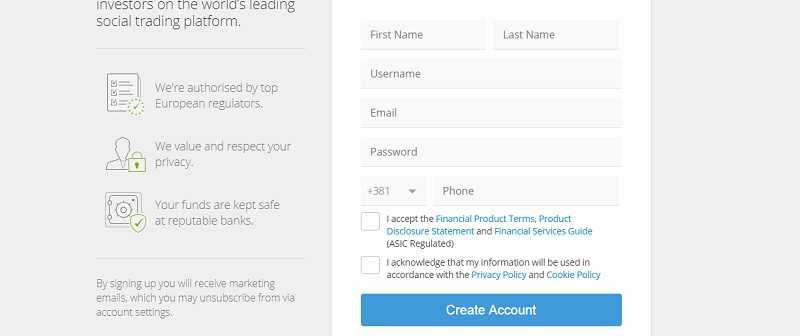


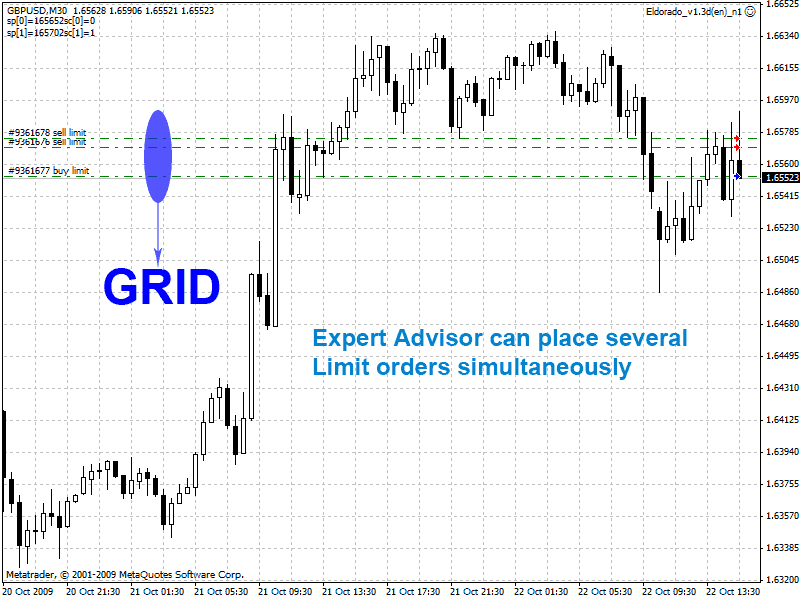

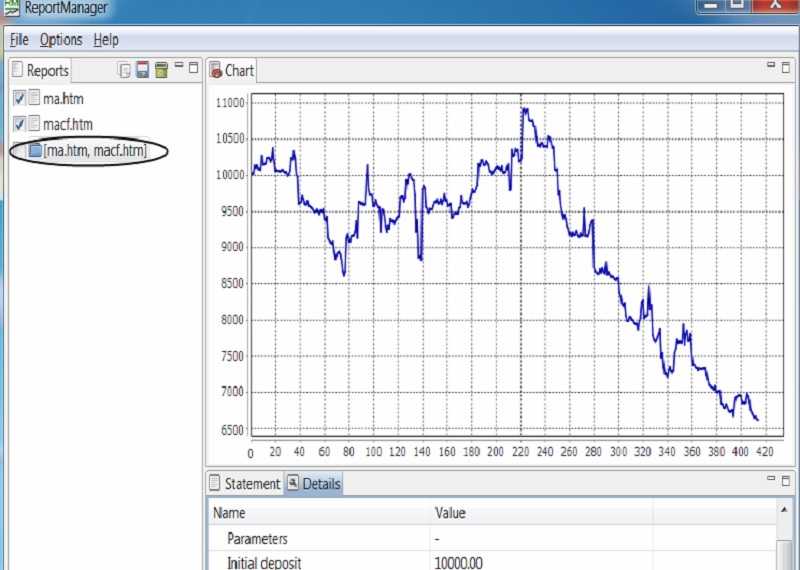
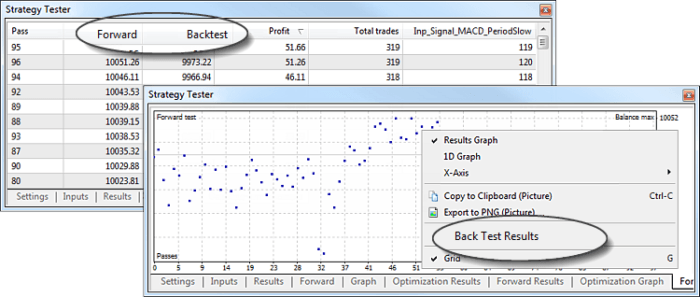

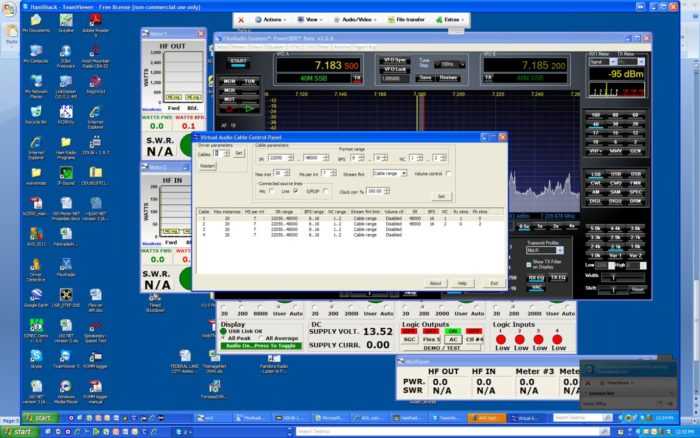







 How to Forex investing? It isn’t a get-rich-quick scheme but it is full of potential to become wealthy
How to Forex investing? It isn’t a get-rich-quick scheme but it is full of potential to become wealthy
